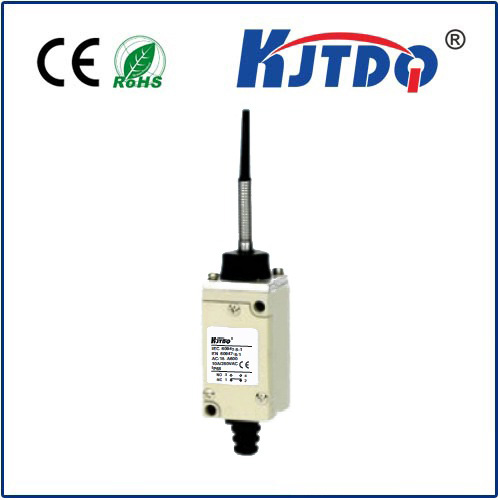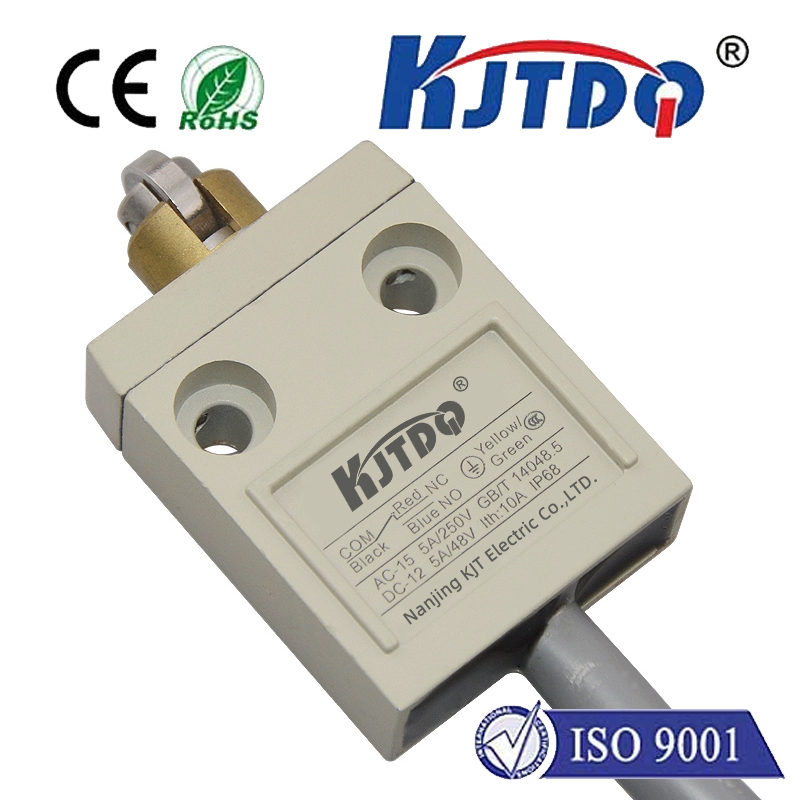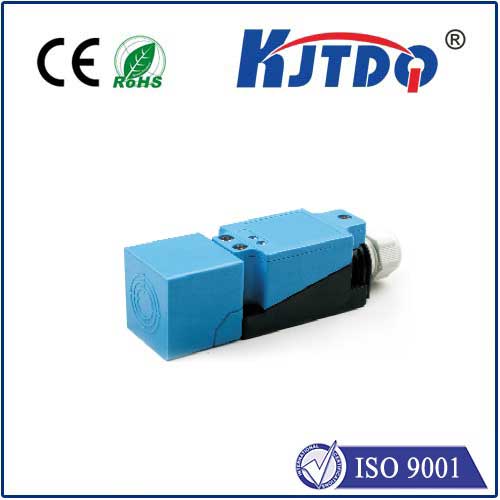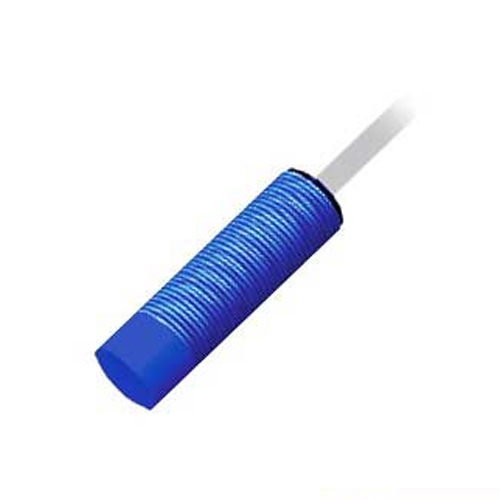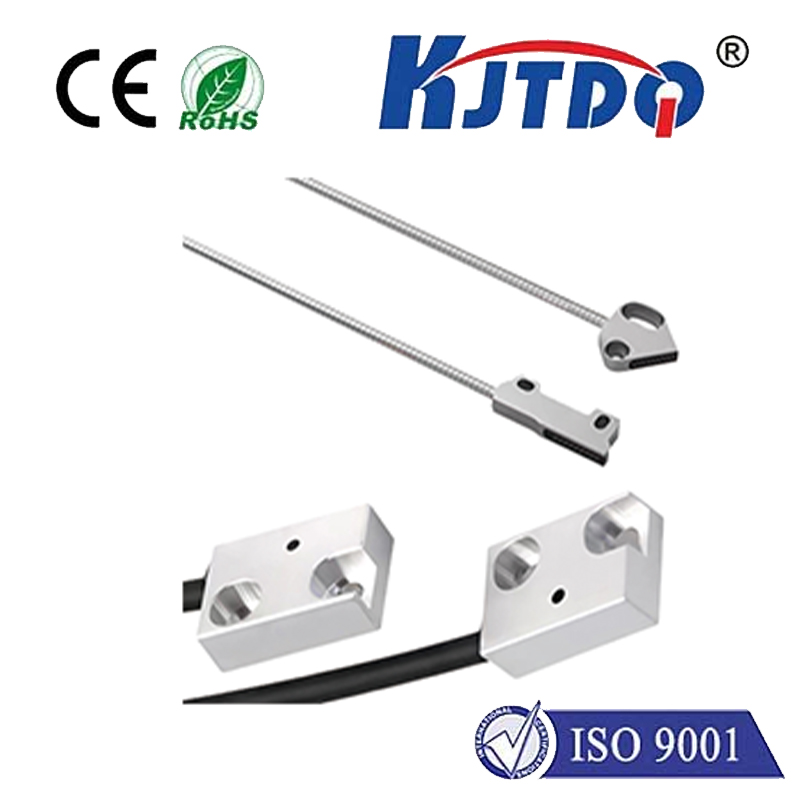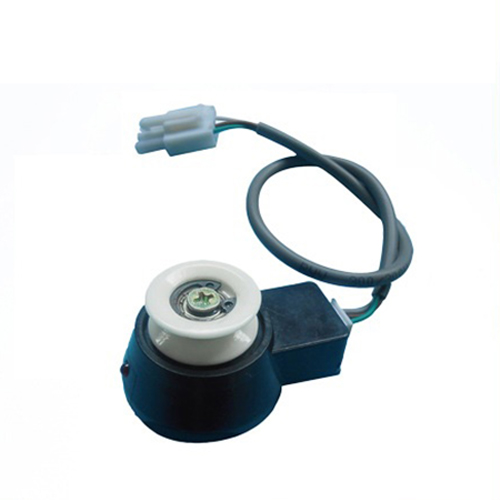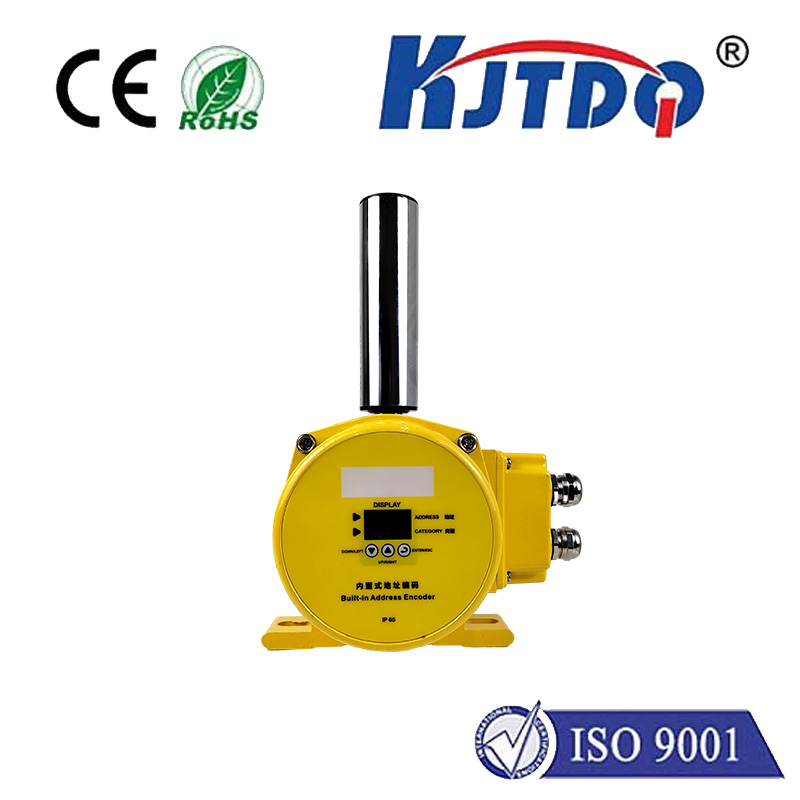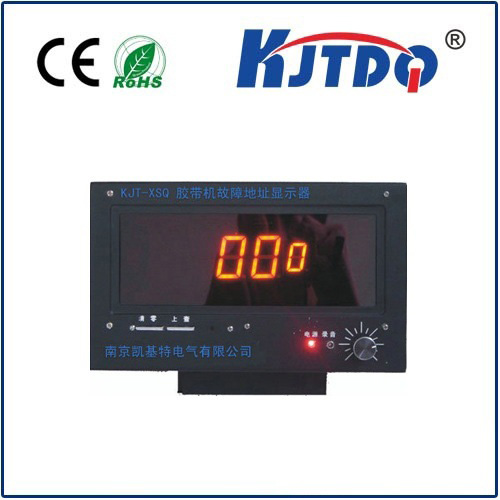PN2094 pressure sensor
- time:2025-09-22 14:45:50
- Click:0
PN2094 Pressure Sensor: Engineered Accuracy for Demanding Fluid Pressure Applications
In the intricate dance of modern machinery and precision systems, accurately measuring the unseen force of fluids – gases or liquids – is often the cornerstone of performance, safety, and efficiency. Whether monitoring oxygen flow in a critical ventilator, regulating pressure in a complex industrial process, or ensuring optimal performance in hydraulic systems, the choice of pressure sensor is paramount. Enter the PN2094 pressure sensor, a transducer designed to deliver reliable, high-fidelity pressure data where it matters most. This component exemplifies the critical role precise sensing plays in translating physical force into actionable intelligence across countless domains.
The essence of the PN2094 pressure transducer lies in its ability to convert applied fluid pressure into a standardized electrical signal. Typically, this manifests as a ratiometric analog output voltage (like 0.5V to 4.5V) or sometimes specific digital protocols, proportional to the measured pressure within its calibrated range. This conversion isn’t just about raw numbers; it’s about providing a stable, accurate, and responsive signal that control systems, data loggers, or displays can depend upon for critical decision-making.

What defines the PN2094 and makes it a sought-after solution? Several key characteristics stand out:
- Precision and Stability: Engineered for accuracy, the PN2094 typically offers low hysteresis and excellent repeatability. Its compensated temperature range ensures readings remain consistent despite environmental fluctuations, a critical factor in thermally dynamic applications like engine compartments or industrial machinery.
- Robust Construction: Designed to perform in challenging environments, the PN2094 pressure sensor often features stainless steel wetted parts and a durable housing. This inherent ruggedness provides excellent resistance to media corrosion, high-pressure spikes, and mechanical shock, enhancing long-term reliability.
- Compact and Versatile Form Factor: Many variants of the PN2094 present a compact, space-saving design. This facilitates easier integration into systems with spatial constraints, such as portable medical devices, tight equipment enclosures, or mobile hydraulic units. Its versatility extends to mounting options, often including threaded ports compatible with common industrial standards.
- Optimized Pressure Ranges: The PN2094 series is rarely a one-size-fits-all. It’s typically available in a spectrum of calibrated pressure ranges, potentially spanning lower pressures (like fractions of a bar) suitable for delicate gas sensing or HVAC control, up to higher ranges (potentially tens or hundreds of bar) necessary for robust hydraulic or pneumatic applications. Selecting the right range is crucial for maximizing sensitivity and accuracy.
- Media Compatibility: Understanding the fluid being measured is essential. The PN2094 is generally constructed with materials (like specific stainless steel grades) compatible with a wide array of common industrial fluids, gases, and oils, minimizing the risk of degradation or sensor failure due to media incompatibility.
Where does the PN2094 pressure transducer prove indispensable? Its applications are remarkably diverse:
- Industrial Automation & Process Control: Monitoring line pressure in pneumatic systems, controlling hydraulic actuators, ensuring correct fluid levels in tanks, and safeguarding against over-pressurization in pipelines. Reliability here translates to uninterrupted production and safety.
- Medical Equipment: Providing critical pressure feedback in devices such as ventilators, infusion pumps, dialysis machines, and anesthesia delivery systems. The demands for accuracy and biocompatibility (with appropriate models/seals) are exceptionally high in this life-critical sector.
- HVAC & Refrigeration: Regulating refrigerant pressures, monitoring filter status through differential pressure, and optimizing system efficiency based on fluid dynamics within chillers or heat pumps.
- Hydraulic Systems: Used extensively in mobile and industrial hydraulics (construction equipment, agriculture machinery, presses) for monitoring pump output, cylinder forces, and valve operation pressures, directly impacting power management and operational safety.
- Test & Measurement: Serving as a reliable calibration standard or providing reference pressure readings in laboratory settings and R&D environments requiring precise data acquisition.
Integrating the PN2094 effectively requires attention to key considerations:
- Calibration: While generally calibrated at the factory, understanding its accuracy specifications and potential need for periodic recalibration, especially in high-precision or regulated applications, is vital.
- Mounting and Sealing: Proper installation is critical. Ensure the correct port thread is used with suitable seals to prevent leaks. Mounting orientation, particularly concerning potential media condensation points, can impact performance and longevity. Vibration dampening might be necessary in harsh environments.
- Signal Conditioning: The analog output requires proper conditioning – amplification, filtering, and analog-to-digital conversion – to interface effectively with microcontrollers, PLCs, or data acquisition systems. Using dedicated instrumentation amplifiers optimizes signal integrity. For digital variants, ensuring protocol compatibility is key.
- Environmental Protection: While inherently robust, additional protection like conformal coating or utilizing models with higher Ingress Protection (IP) ratings can be crucial if the sensor faces exposure to moisture, dust, or chemicals beyond its standard construction.
- Proper Range Selection: Choosing a PN2094 model whose maximum pressure rating significantly exceeds the normal operating pressure (utilizing only 50-80% of its full scale optimally) enhances longevity and protects against damaging overpressure events.
Choosing the PN2094 pressure sensor often means prioritizing dependability and precision in environments where sensor failure is not an option. Its blend of robust construction, stable performance over temperature, and versatile range options makes it a mainstay in engineering designs demanding uncompromising fluid pressure measurement. For engineers seeking a proven transducer solution that delivers accurate data under pressure – literally and figuratively – the PN2094 consistently emerges as a cornerstone component, enabling smarter control and safer operation across a vast technological landscape. Its presence underpins the invisible forces driving countless modern systems, proving that reliable sensing is fundamental to progress.












